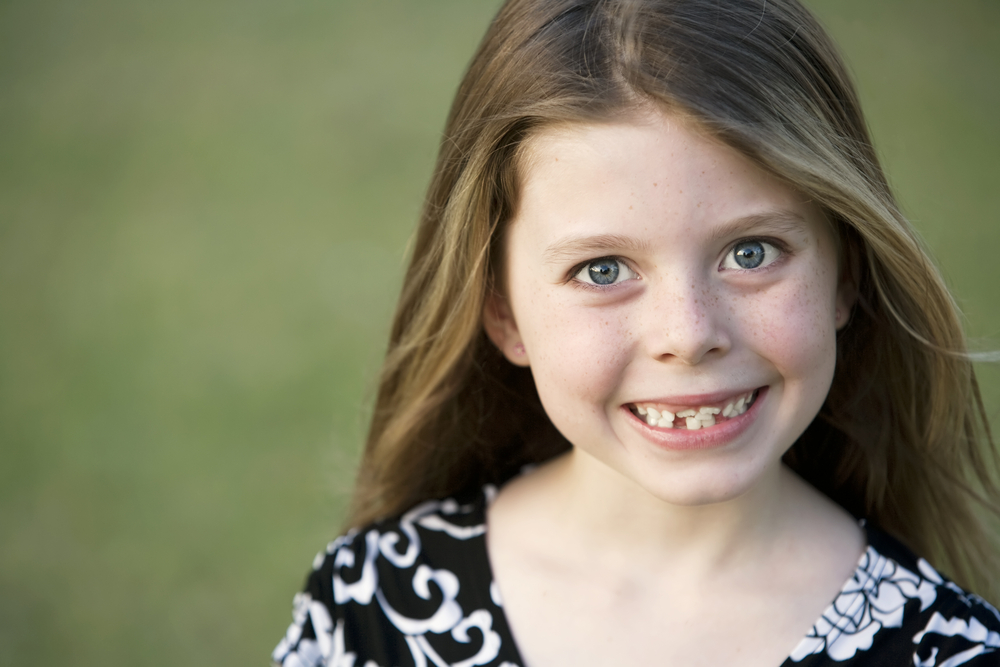
A child or teen with a crossbite should be addressed as soon as possible due to the way it can impact their developing facial features, jaws, and airway development. Treating this common condition will require orthodontic treatment using braces and other occlusion correcting appliances. Many parents are faced with a child with malocclusions, and if left untreated, a child can begin to suffer from jaw pain, sensitive teeth, headaches, and poor oral health.
If your child is showing signs of a misaligned bite, here’s how you can prepare for future orthodontics as a parent.
What is a Crossbite?
A common type of malocclusion, a crossbite, is a common reason why someone may need braces or other orthodontic appliances. When a crossbite is present, some top teeth sit in front of the bottom ones as they should, while others are positioned behind them. This gives off a crisscrossed appearance, hence the term crossbite. A crossbite may involve only a single tooth, multiple teeth, or affect all of the teeth.
Posterior Crossbite
A posterior crossbite is a common term for when the top back teeth bite down inside the bottom teeth. It can alter the way the jaws grow in relation to each other, leading to TMJ, and it can also affect the way a person chews.
Anterior Crossbite
An anterior crossbite is when the upper front teeth sit behind the lower ones when forced into a biting position. The tooth enamel on the surfaces of the top teeth may begin to wear down, chip, or fracture as a result of the constant friction on the surfaces of the teeth. An anterior crossbite can frequently lead to tooth loss, loosening of teeth, and receding gums.
Crossbite Causes
Most causes of crossbite are hereditary. In some cases, the lower jaw grows bigger or faster than the upper jaw, which leads to the bottom teeth to be forced into an outward slant and the upper teeth to end up on the inside of them. While the most common cause of crossbite is genetic, other causes can result in developmental crossbites, including the following:
Delayed Tooth Eruption
If one tooth takes longer to come in than the opposing teeth, the situation can lead to abnormal tooth growth. This situation causes trouble and throws off the balance of other developing teeth, which prevents them from aligning as they should. If a permanent tooth starts to come in before a baby tooth is lost, the new tooth is almost always misaligned since it does not have the proper space.
Mouth Breathing
During regular breathing through the nose, the tongue rests naturally on the roof of the mouth. In children, this position helps to mold the upper jaw properly. When a child breathes regularly through their mouth, the tongue does not properly rest on the upper palate, which later alters their jaw growth. The upper jaw narrows and causes the upper teeth to fall inside the lower teeth.
Thumb or Finger Sucking
Extended thumb sucking causes the roof of the mouth to develop incorrectly. The palate will constrict around the thumb, and over time, the palate will begin to take the shape of a thumb. The altered form of the palate can lead to the misalignment of teeth and the development of a crossbite.
Preparing For Future Orthodontics
Crossbite treatments for children should be addressed as soon as possible by the use of braces or other occlusion correcting appliances. If you suspect that your child has a crossbite or other orthodontic issues, call Thomas Orthodontics! During a consultation appointment, we will discuss with you what you can expect in the future and any phase one orthodontic treatment that may be beneficial now. Call us today to learn more.





